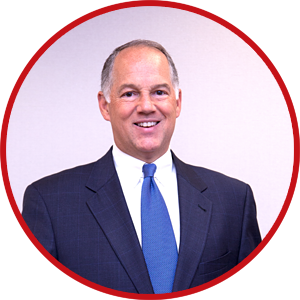 When companies are small, they are in One Business. They target One Market. They sell One Product. There is One P&L. Everyone probably sits in One Office. But, as companies grow, they create divisions.
When companies are small, they are in One Business. They target One Market. They sell One Product. There is One P&L. Everyone probably sits in One Office. But, as companies grow, they create divisions.
There is only One Problem: divisions—by definition—divide.
Just to be clear, even small, One Business businesses can have alignment problems. (We’ve even worked with solopreneurs, otherwise known as One Person Companies, who had alignment problems.)
But the larger you are, the more likely you will struggle with strategic alignment. The big turning point is when your company creates divisions.
Some companies divide by product line. Some divide by geography. Some create business units. Some organize by function.
How is your company divided?
By product? By market? By function? By geography? Some other way?
Once your company has divisions, you must decide if it is important to align them.
Yes, I said “if.”
Theoretically, your company could allow the divisions to operate totally autonomously, with virtually no alignment. Some companies, such as Berkshire Hathaway and Virgin, operate as a “company of companies.” There is just a very thin, lightweight corporate alignment process to hold the operating companies together.
However, most companies decide that it is indeed important to create a high level of alignment.
“We must unite the divisions!”
As we explained, companies must align the divisions with corporate and they must align the divisions with each other.
In addition, each division adds its own strategies, goals, standards, priorities, policies, etc. to the things that cascaded down from corporate. Then, departments are expected to align with both the things that cascaded down from corporate and the things that cascaded down from the divisions.
And on and on it goes.
The alignment challenge grows exponentially once a company has multiple divisions. Aligning a company with two divisions is four times harder. Aligning a company with four divisions is sixteen times harder.
Many companies exacerbate the alignment problem by constantly reorganizing. Every time your company reorganizes, the alignment operating system must be rebuilt.


 My dad went to work at General Electric in January 1962.
My dad went to work at General Electric in January 1962. We believe that every organization, regardless of size or industry or operating model, must create strategic alignment.
We believe that every organization, regardless of size or industry or operating model, must create strategic alignment.